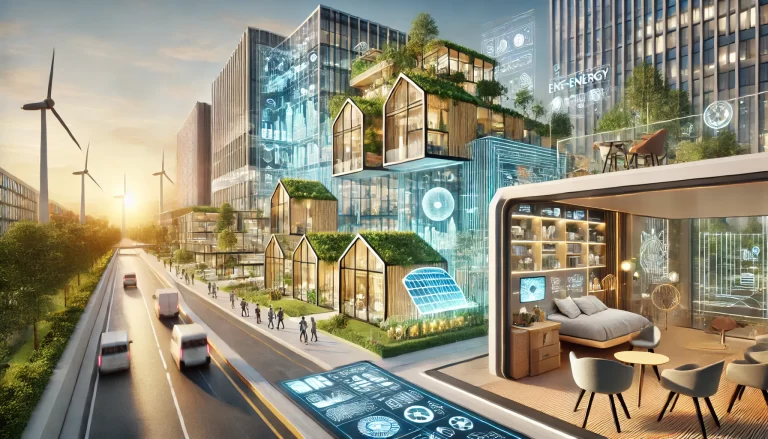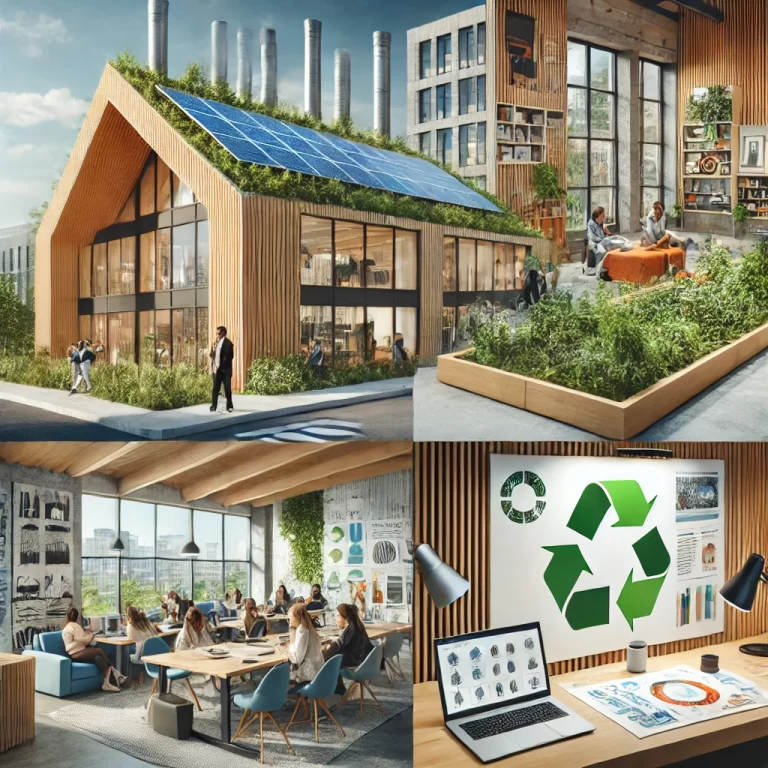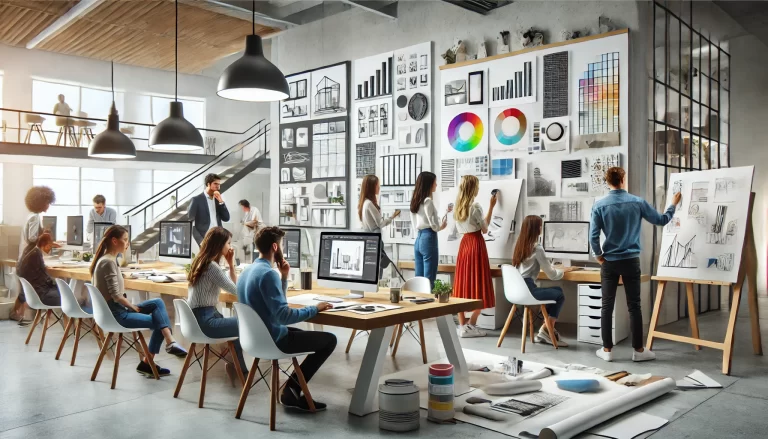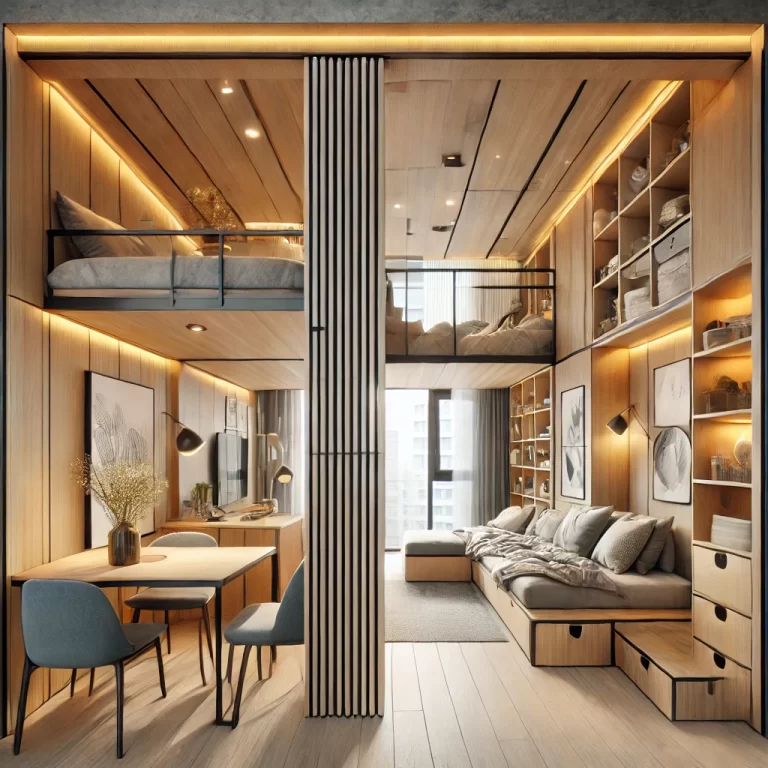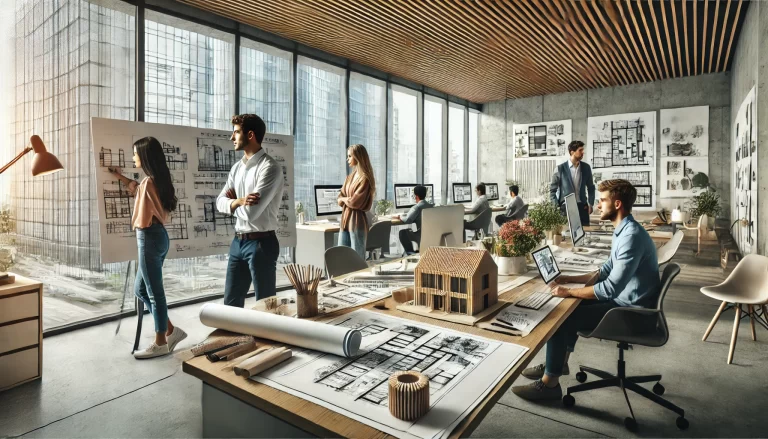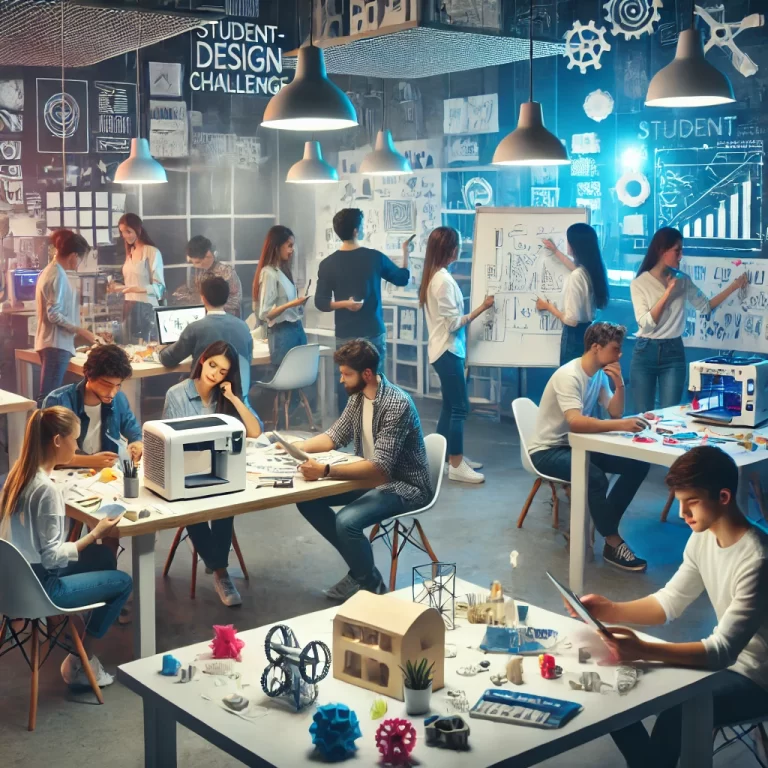Futuristic Design: How Students Are Pushing Creative Boundaries
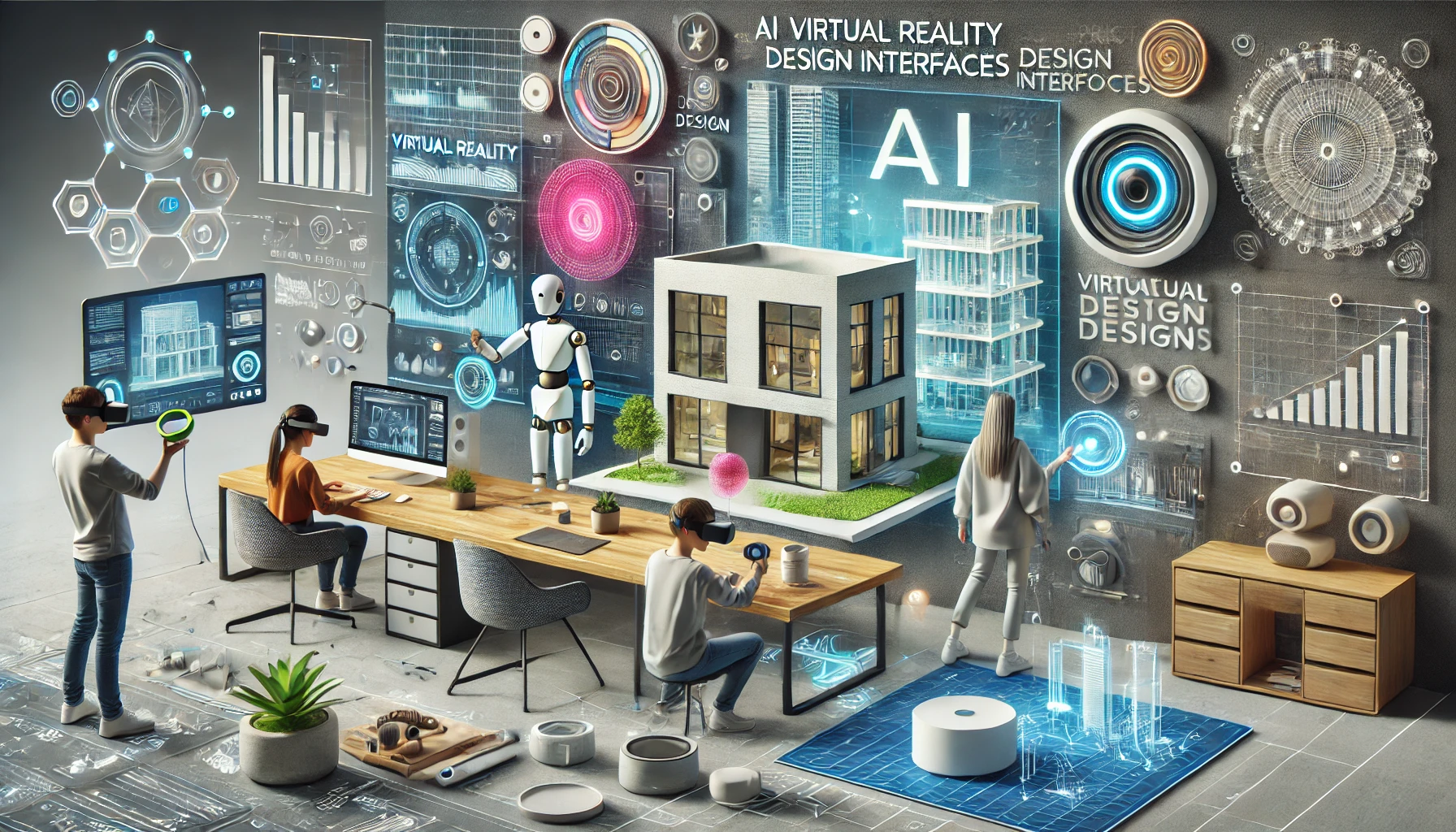
The future of design is full of possibilities, and students are at the forefront of exploring what comes next. With a focus on technology, sustainability, and innovation, students are pushing the boundaries of creativity and imagining a world where design solves problems and enhances experiences in entirely new ways. Here’s how students are shaping the future of design.
1. AI-Driven Design
As artificial intelligence (AI) becomes increasingly integrated into design, students are exploring how it can help automate creative processes and generate new ideas. One project used AI to design a series of furniture pieces, where the software analyzed patterns, materials, and ergonomics to create designs that were both functional and aesthetically pleasing. AI-driven design is enabling students to explore possibilities that were once thought impossible.
2. Virtual and Augmented Reality
Virtual reality (VR) and augmented reality (AR) are transforming how designers conceptualize and present their work. Students are using these technologies to create immersive experiences that allow clients to interact with designs before they’re built. A standout student project involved designing a virtual museum where visitors could explore interactive exhibits and experience the space in 360 degrees.
3. 3D Printing and Customization
3D printing has opened up new possibilities in product design, and students are experimenting with how it can be used for customization. One innovative project involved creating personalized home décor items, like custom furniture or light fixtures, using 3D printing. This technology allows for the creation of unique designs that can be tailored to individual preferences, reducing waste and promoting sustainability.
4. Smart Materials and Responsive Design
Students are also exploring the use of smart materials—materials that change properties in response to environmental stimuli. One futuristic design concept involved a building facade made of materials that adjust based on weather conditions, changing opacity to regulate light and temperature. This dynamic approach to design promises to create spaces that are more responsive to their surroundings.
Conclusion
Futuristic design is all about pushing the limits of what’s possible and imagining a world that embraces technological advancements and sustainable solutions. Students are at the cutting edge of this movement, using AI, VR, 3D printing, and smart materials to create designs that challenge conventional boundaries and offer exciting possibilities for the future.

